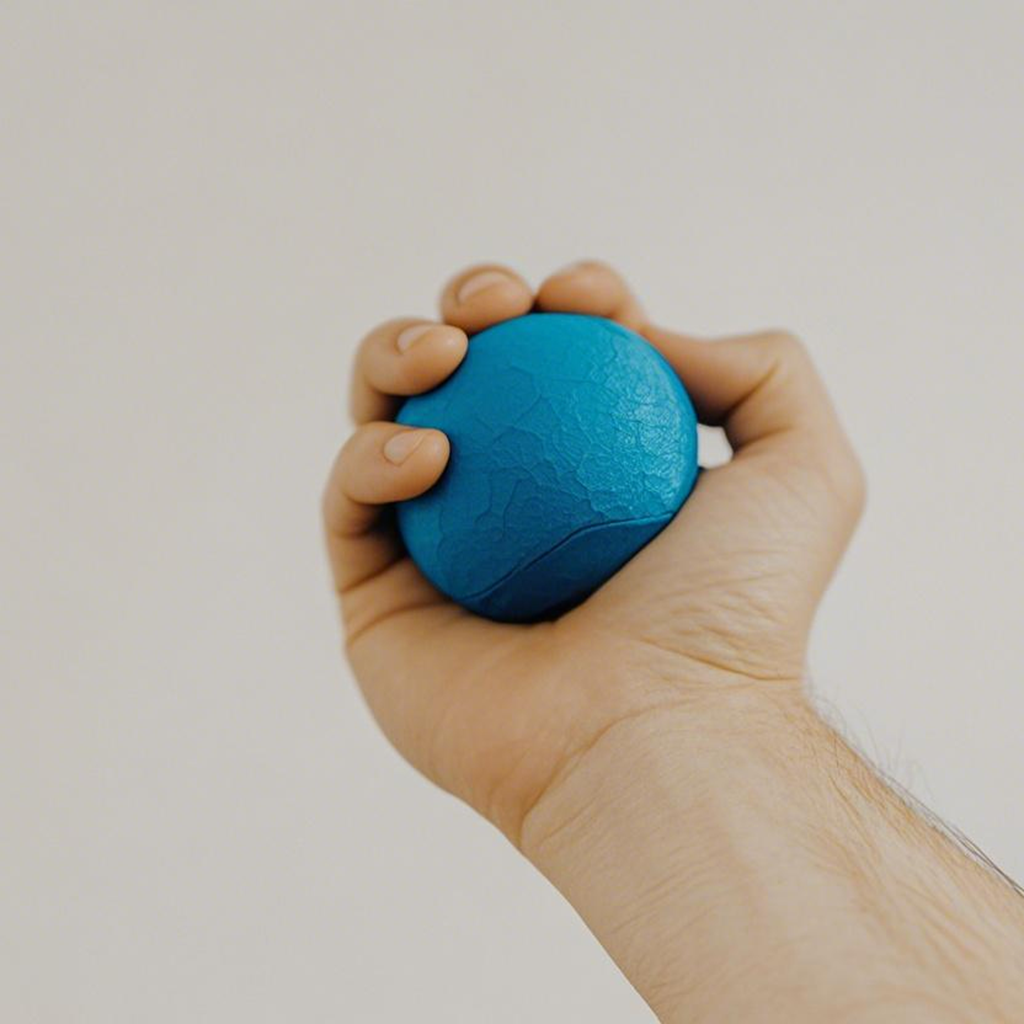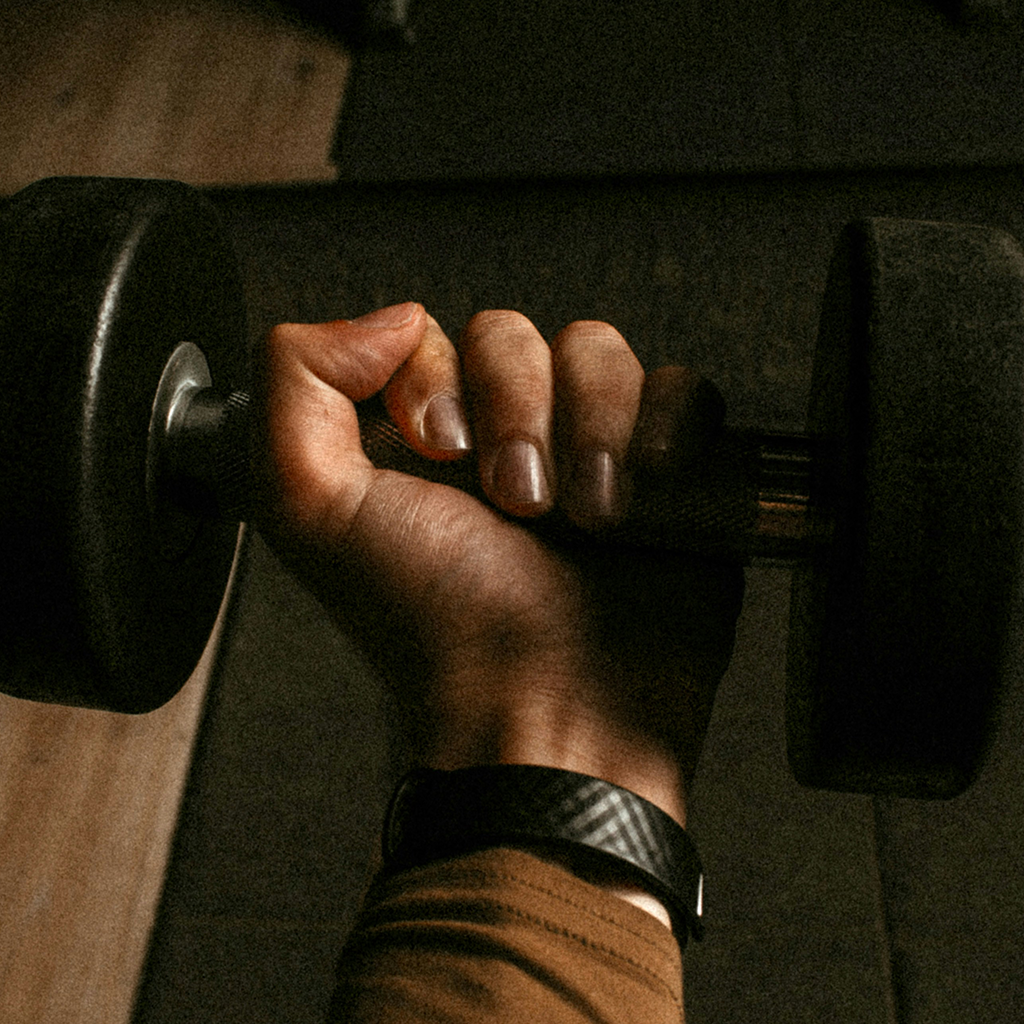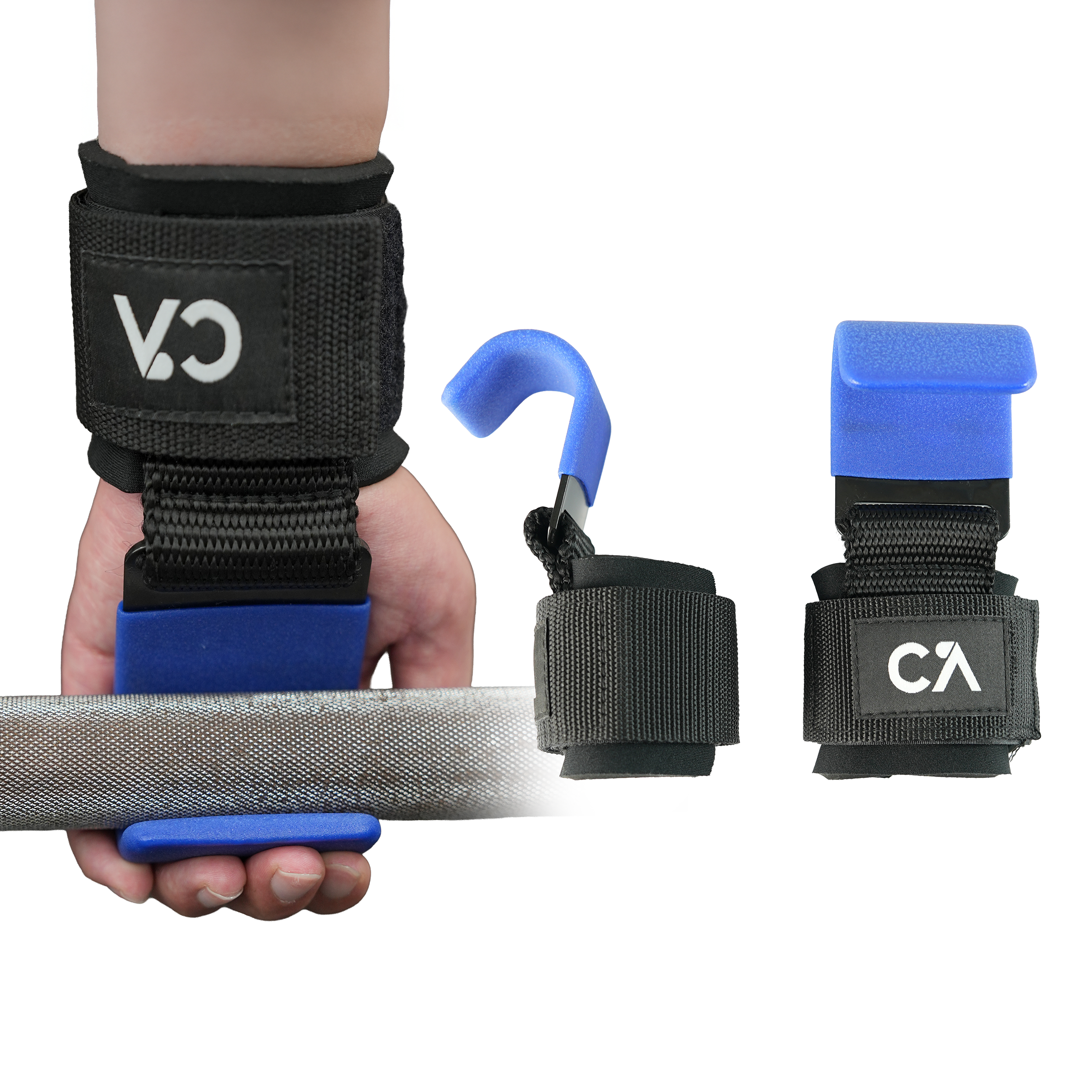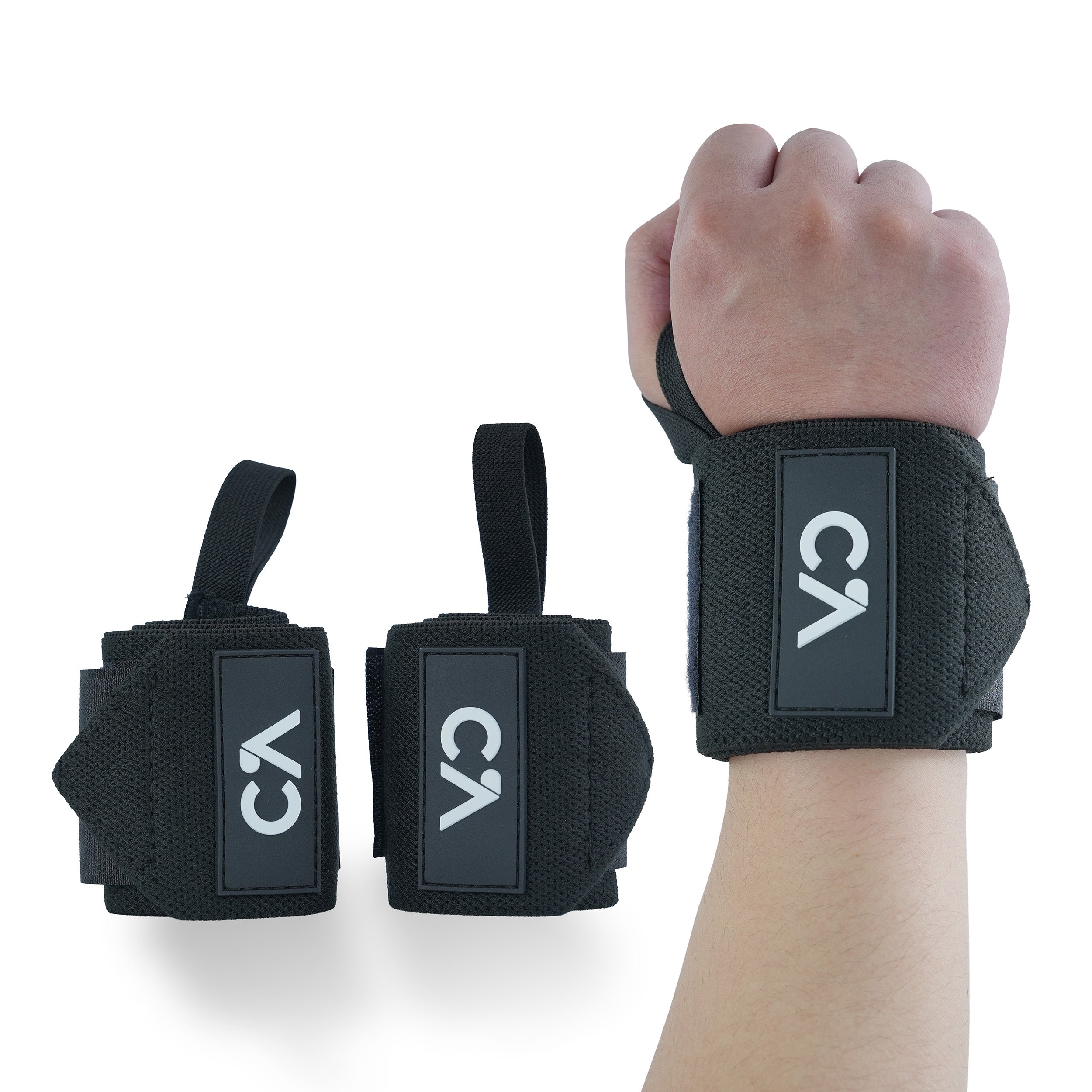If you've ever struggled to open a stubborn jar, hold on during a tough set of pull-ups, or carry groceries in one trip, then you already know how important it is to increase grip strength. Grip strength is more than just a gym metric; it's a cornerstone of overall functional fitness. Whether you're an athlete, weightlifter, climber, or someone who just wants to improve daily functionality, building a stronger grip can significantly improve your performance and resilience. In this guide, we'll break down what grip strength is, why it matters, and how to improve it with exercises, tools (like the Hand Grip Strengthener Ring), and smart programming.
What Is Grip Strength?
Grip strength refers to the force generated by your hand and forearm muscles to hold, squeeze, or manipulate objects. It's typically divided into several categories:
-
Crush Grip
The ability to squeeze something between your fingers and your palm (e.g., shaking hands, using a grip trainer). -
Pinch Grip
The force between your fingers and thumb (e.g., holding a weight plate or book). -
Support Grip
Your capacity to hang on to something for an extended time (e.g., deadlifts, farmer's carries). -
Wrist and Rotational Strength
The ability to stabilize or move your wrist and forearm in different directions (e.g., wrist curls, hammer rotations).
Each of these components contributes to your overall grip capability, and targeting all of them ensures balanced strength and injury prevention.
Why Grip Strength Matters
Building grip strength has broad benefits beyond just lifting heavier weights. Here's why it deserves a spot in your training routine:
- Boosts Overall Strength: Grip is the weak link in many compound lifts like deadlifts, rows, and pull-ups. A stronger grip means you can lift heavier weights with better control and confidence.
- Improves Athletic Performance: Many sports demand excellent grip strength, especially rock climbing, wrestling, gymnastics, and martial arts. A strong grip enhances your ability to throw, hold, swing, or resist force.
- Enhances Daily Tasks: From opening stubborn jars to carrying multiple grocery bags in one trip, improved grip strength translates to smoother, more efficient everyday movements.
- Injury Prevention: Strong forearm muscles stabilize the wrist and elbow joints, reducing the risk of overuse injuries and conditions like tendonitis or carpal tunnel syndrome.
- Improves Tool Handling: Whether it's in the gym, at work, or during hobbies like gardening or DIY projects, a solid grip allows you to handle tools and equipment with greater ease and safety.
Best Exercises to Increase Grip Strength
A well-rounded grip strength program includes exercises for crush, pinch, support, and wrist strength. Here are the top movements:
1. Crush Grip Exercises
- Hand Grip Strengthener Ring: These silicone rings are simple, portable, and effective for building crush strength. Squeeze and release repeatedly to build endurance and power.
- Captains of Crush Grippers: Adjustable tension levels to test your true crushing strength.
- Tennis Ball or Stress Ball Squeezes: Great for high-rep endurance training.
- Rope or Towel Squeezes: Soak a towel, then twist and wring it out for reps.
2. Pinch Grip Exercises
- Plate Pinches: Hold two smooth weight plates together using only your fingertips.
- Block or Brick Holds: Use wood or metal blocks to replicate awkward objects.
- Pinch Deadlifts: Lift a weight by pinching its top surface, often with a smooth plate.
3. Support Grip Exercises
- Dead Hangs: Hang from a pull-up bar as long as possible. Add variation with towels or fat grips.
- Farmer's Carries: Walk while holding heavy dumbbells or kettlebells.
- Suitcase Carries: Similar to Farmer's Carries but using one hand only.
4. Wrist & Rotational Strength Exercises
- Wrist Curls/Reverse Curls: Use barbells or dumbbells to strengthen the flexors and extensors.
- Wrist Roller: A weighted rope rolled on a stick, great for concentric and eccentric loading.
- Hammer Rotations: Using a hammer or sledgehammer, rotate the wrist slowly back and forth.
Programming Tips: How to Incorporate Grip Training
You don't need to dedicate an entire session to grip work. Here's how to seamlessly integrate it into your routine and maximize your results:
- 2-3x Per Week: Incorporate grip-specific movements two to three times a week as either a warm-up to activate your hands and forearms, or as a finisher to burn them out. It doesn't have to be long—5 to 10 minutes can be enough.
- Mix the Types: Target each grip category—crush, pinch, support, and wrist strength—over the course of the week. This ensures balanced development and minimizes the risk of overuse injuries. For example, use the Hand Grip Strengthener Ring for crush grip, plate pinches for pinch grip, and dead hangs for support.
- Progressive Overload: Just like any other muscle group, your grip improves when challenged. Gradually increase the difficulty by adding more reps or sets, increasing resistance, or using thicker bars and handles.
- Avoid Overtraining: Your hands and forearms are involved in many daily and training tasks, so they fatigue quickly. Treat them with the same respect as other muscles—give at least 48 hours of recovery between focused grip sessions.
- Use It Functionally: Combine grip training with compound movements to save time and enhance overall strength. Farmer's carries, sled pulls, and rope climbs are excellent functional options that improve grip while also boosting your core and conditioning.
Handy Tools to Boost Grip Training
You don't need fancy equipment to get started, but a few tools can go a long way:
- Hand Grip Strengthener Ring: Lightweight, travel-friendly, and great for reps during screen time or office work.
- Captains of Crush Grippers: Gold standard for hardcore grip athletes.
- Fat Gripz: Convert regular barbells or dumbbells into thick-handled tools.
- Towels and Ropes: Versatile and affordable options for hanging and squeezing drills.
- Wrist Roller: Build forearm endurance and strength with minimal space.
Mistakes to Avoid in Grip Training
Even with good intentions, people often make errors that stall progress:
- Neglecting Variety: Only using one type of grip training (e.g., crush only).
- Poor Form: Overgripping or jerking weights can strain tendons.
- Skipping Mobility: Tight wrists or fingers can reduce range of motion.
- Overtraining: Too much volume without rest leads to fatigue or tendonitis.
- Ignoring Pain: Persistent soreness in fingers or elbows signals the need to back off.
How to Measure Progress
Tracking your gains helps keep motivation high and programming effective:
- Grip Dynamometer: Provides quantifiable grip force measurements.
- Hang Time: Time yourself hanging from a bar and track weekly improvements.
- Reps with Grip Tools: Count how many reps you can do with a certain resistance ring or gripper.
- Performance in Lifts: Monitor how grip training improves deadlifts, pull-ups, and carries.
Mobility & Recovery for Grip Strength
Don't forget to take care of your hands and wrists:
- Stretch Your Fingers: Spread fingers wide and hold for 20–30 seconds.
- Wrist Circles: Rotate wrists in both directions to reduce stiffness.
- Massage and Foam Rolling: Target forearms to release tight fascia.
- Contrast Baths: Alternate warm and cold water to reduce soreness.
Final Thoughts: Strong Hands, Stronger You
Learning how to increase grip strength is one of the most overlooked yet rewarding parts of fitness. Stronger hands don't just help in the gym—they help in life. You don't need a gym full of equipment either. Even using a Hand Grip Strengthener Ring at your desk can kickstart real improvements. Combine targeted exercises, smart programming, and consistency, and your handshake might just become your new personal best.










Leave a comment
All comments are moderated before being published.
This site is protected by hCaptcha and the hCaptcha Privacy Policy and Terms of Service apply.